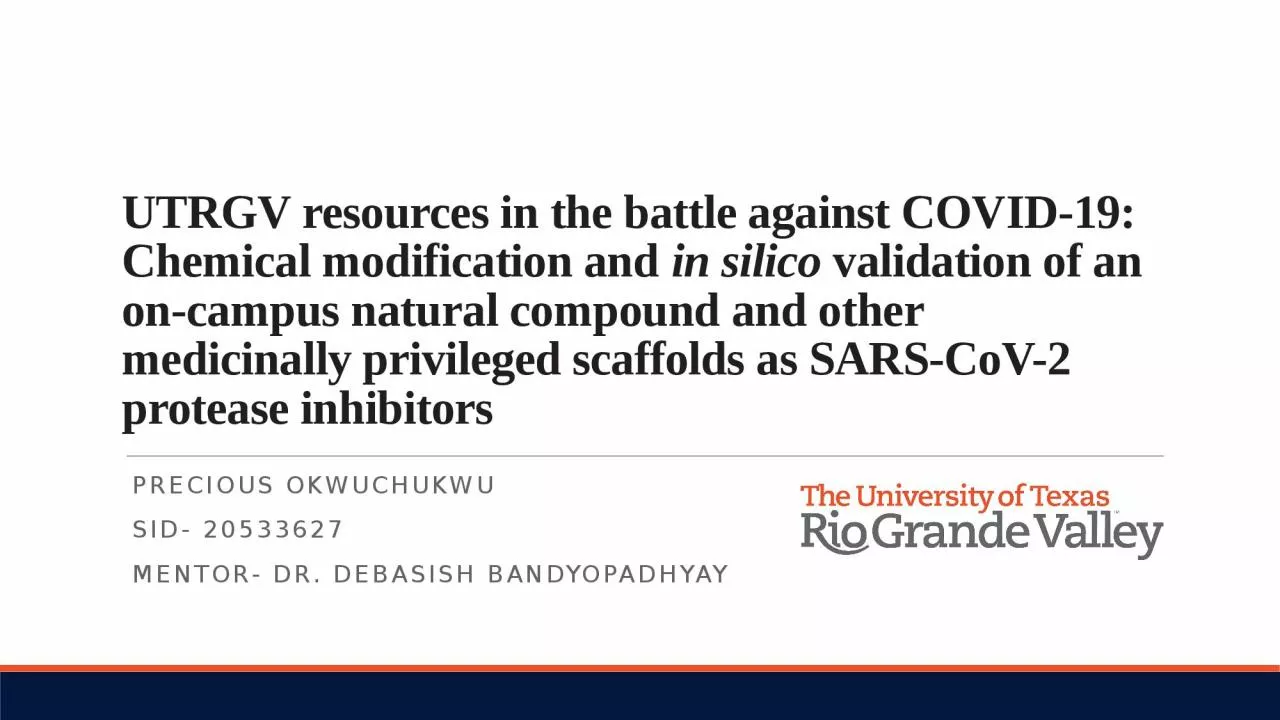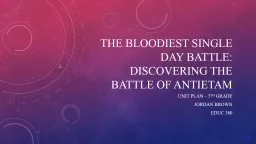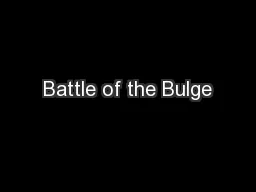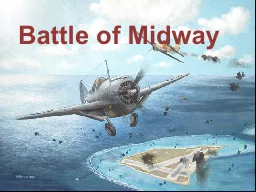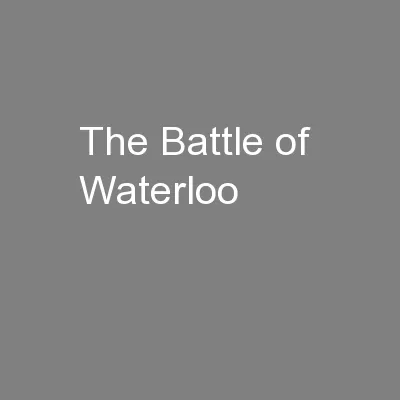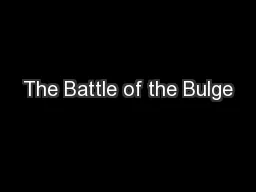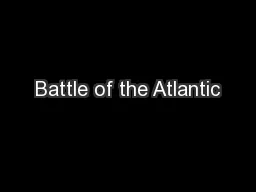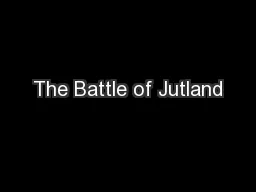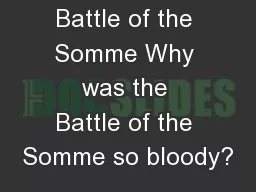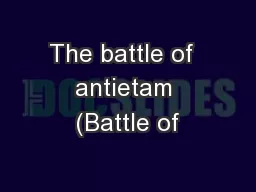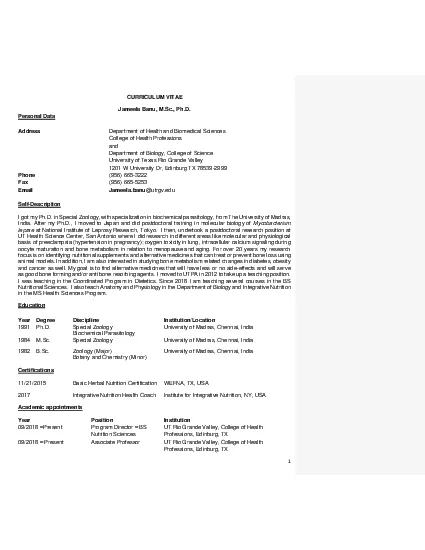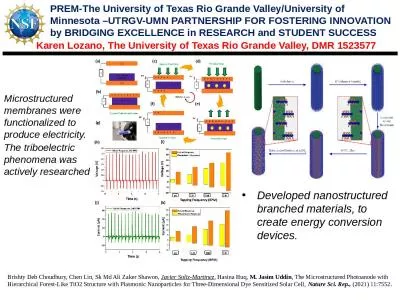PPT-UTRGV resources in the battle against
Author : HappyHippie | Published Date : 2022-08-02
COVID19 Chemical modification and in silico validation of an oncampus natural compound and other medicinally privileged scaffolds as SARSCoV2 protease inhibitors
Presentation Embed Code
Download Presentation
Download Presentation The PPT/PDF document "UTRGV resources in the battle against" is the property of its rightful owner. Permission is granted to download and print the materials on this website for personal, non-commercial use only, and to display it on your personal computer provided you do not modify the materials and that you retain all copyright notices contained in the materials. By downloading content from our website, you accept the terms of this agreement.
UTRGV resources in the battle against: Transcript
Download Rules Of Document
"UTRGV resources in the battle against"The content belongs to its owner. You may download and print it for personal use, without modification, and keep all copyright notices. By downloading, you agree to these terms.
Related Documents

